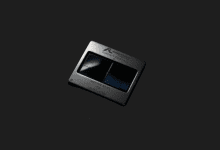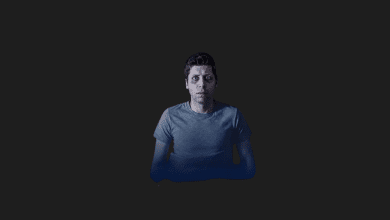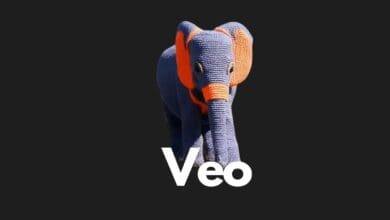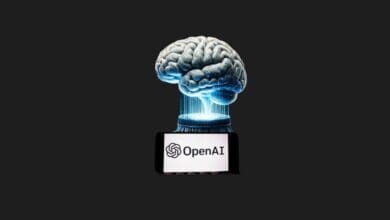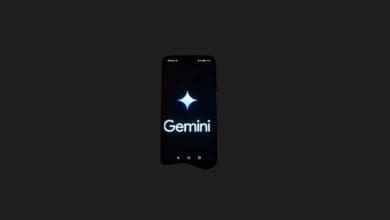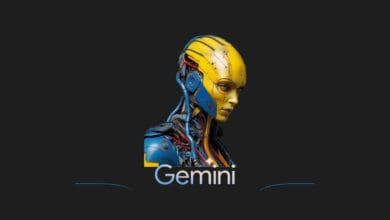Revolution for ChatGPT: Generate Images with DALL-E 3
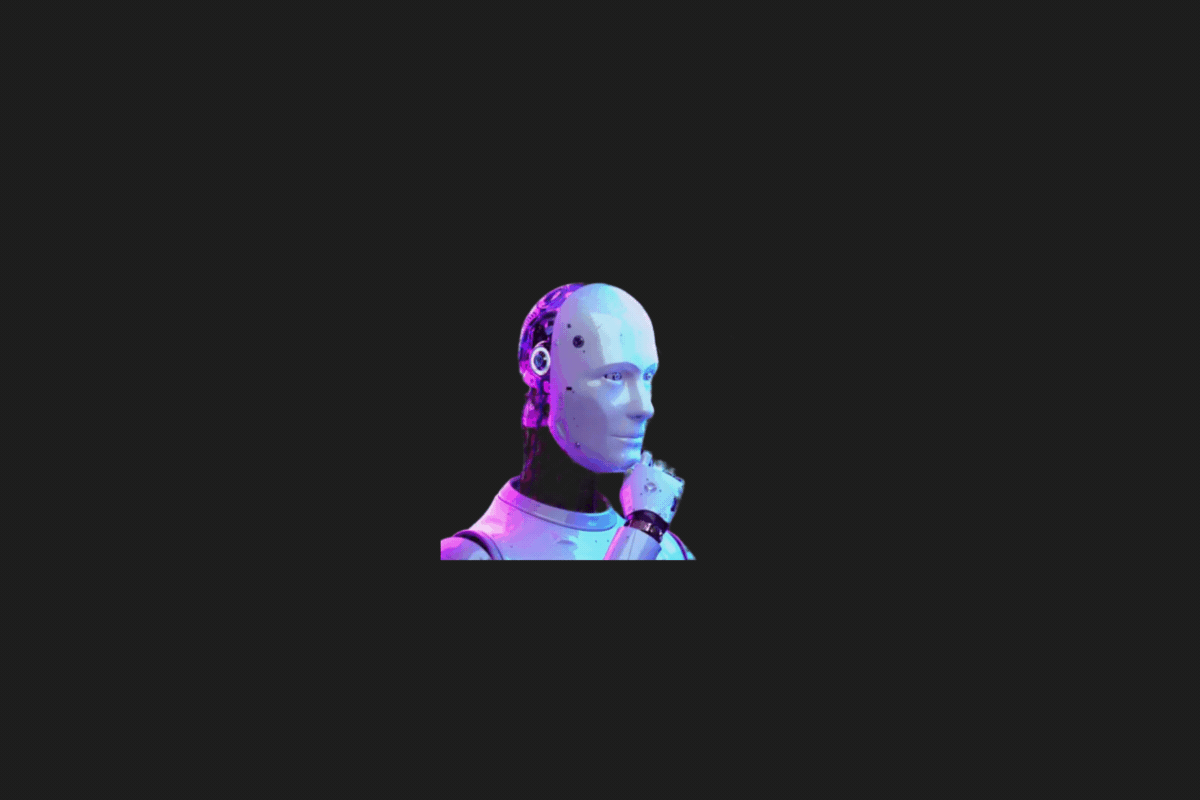
OpenAI has indeed expanded the capabilities of ChatGPT, incorporating more than just text-based artificial intelligence functionalities. Now, subscribers to the ChatGPT service have the privilege of directly accessing the DALL-E 3 image generator within the app, significantly enhancing the creative possibilities available to them.
Additionally, OpenAI has introduced another remarkable tool, FROM-E 3, in its latest update. This tool is made accessible directly to ChatGPT Plus and Enterprise subscribers, alongside the new DALL-E 3 model. This integration allows users to effortlessly design logos or create any visuals they desire right from the ChatGPT interface, bridging the gap between text-based AI and visual creativity.
This move by OpenAI not only showcases their commitment to innovation but also significantly enriches the user experience by offering a more versatile and creative toolkit.
DALL-E 3 becomes available on ChatGPT
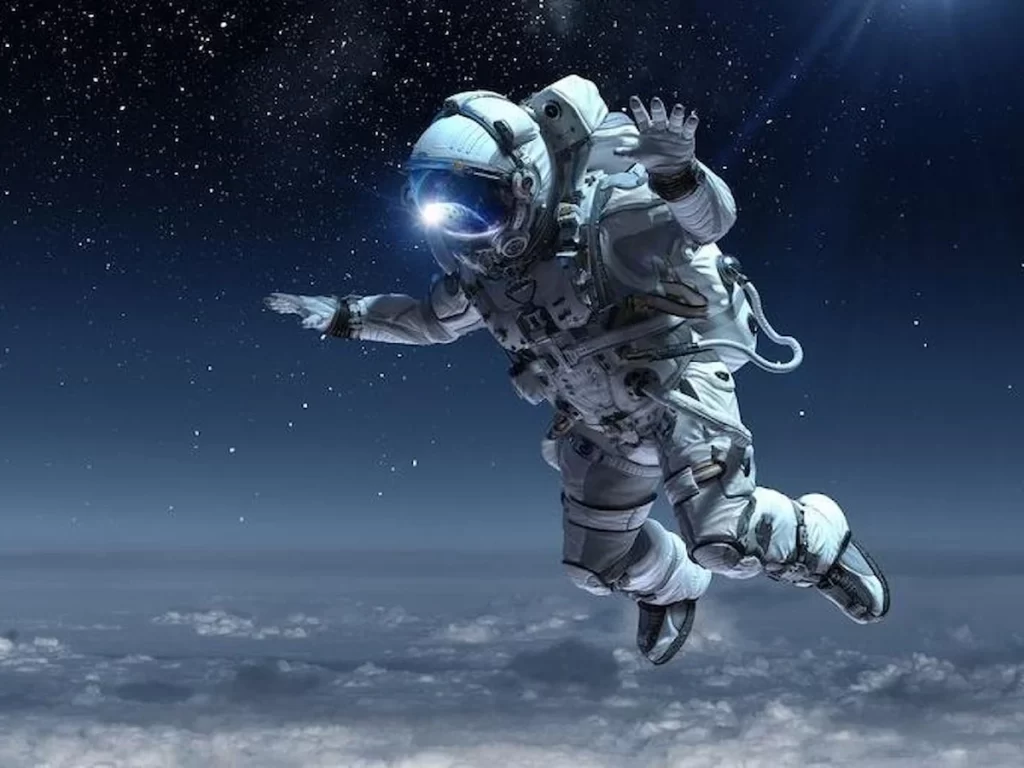
The unveiling of DALL-E 3 last month and its integration into ChatGPT marked a significant advancement in the realm of artificial intelligence, with a promise to users that this feature would become available by October.
This development is a testament to the deep collaboration between Microsoft and OpenAI, which has facilitated the incorporation of DALL-E into Bing, making it accessible to users at no cost. Those interested in exploring this innovative tool can do so through Bing Chat or the Bing Image Creator.
Although there was a slight delay in the rollout, OpenAI has successfully launched the DALL-E 3 artificial intelligence for ChatGPT Plus and Enterprise subscribers. This deployment was accompanied by enhanced security measures to ensure a secure and reliable experience for users.
This integration not only broadens the utility and appeal of ChatGPT but also underscores the ongoing efforts to bridge the gap between textual and visual creativity, offering users a more dynamic and versatile platform.
It’s safer now
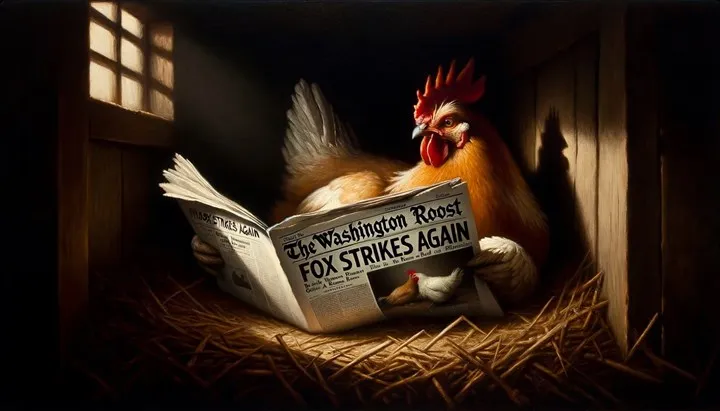
Since their inception, AI rendering tools have navigated a myriad of challenges, with DALL-E being a notable example among them. Text-to-image generators like Midjourney, Stable Diffusion, and earlier iterations of DALL-E have faced significant scrutiny from the art community and political arenas alike. The criticisms are multifaceted, touching on issues such as the generation of copyrighted content without permission, the creation of non-consensual nudity, alterations to individuals’ ethnicities, and the production of photo-realistic images of public figures. These capabilities have raised concerns about the potential for spreading disinformation, as they make it significantly easier to create believable yet entirely fabricated visuals.
The introduction of these technologies has sparked a debate on the ethical implications and the responsibilities of developers to mitigate misuse. OpenAI, aware of these challenges, has implemented various safeguards in its latest version of DALL-E to address these concerns. These include filters to prevent the creation of inappropriate content and measures to respect copyright laws. However, the effectiveness of these safeguards in preventing misuse while balancing the need for creative freedom remains to be seen. The ongoing development and refinement of these tools will likely continue to be a subject of public and academic debate as society navigates the complex interplay between technological innovation and ethical standards.
You may also like this content
- AI Tools Are Coming to Opera Android: Here Are the Innovations
- Amazon Introduces Highly Ambitious Next-Generation AI Chip Trainium3
- OpenAI Is Losing the AI Race: “Emergency” Declared for ChatGPT
Follow us on TWITTER (X) and be instantly informed about the latest developments…


